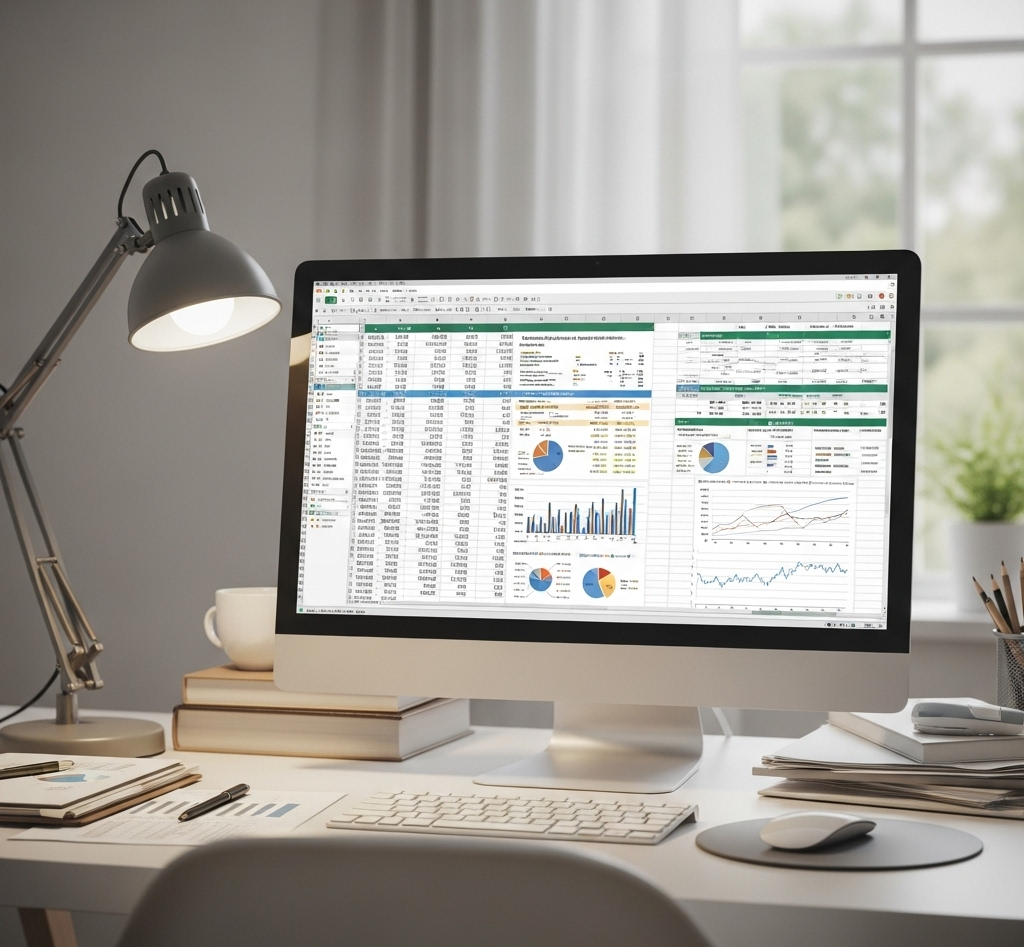
In the early stages of a business, spreadsheets like Excel or Google Sheets can seem like a lifesaver for managing purchase orders (POs). They’re flexible, familiar, and free (or low-cost). But as your business grows, relying on spreadsheets to handle purchase orders at scale becomes a recipe for inefficiency, errors, and missed opportunities. Here’s why spreadsheets fall short and why businesses need dedicated procurement software to thrive in a high-volume environment.
Spreadsheets are not designed for multi-user, real-time collaboration. When multiple team members need to access or update purchase order data, you risk version conflicts, overwritten changes, or duplicated efforts. For example, if procurement, finance, and warehouse teams are all working off the same spreadsheet, someone might accidentally override critical data, leading to confusion or costly mistakes.
Dedicated procurement software, on the other hand, allows multiple users to access and update POs in real time, with clear audit trails to track changes. This ensures everyone is working with the most current information, reducing errors and improving coordination.
Spreadsheets rely heavily on manual data entry, which is inherently error-prone. A single typo in a supplier’s name, quantity, or price can lead to incorrect orders, delayed shipments, or financial discrepancies. At scale, where hundreds or thousands of POs are processed monthly, these errors can compound quickly, costing time and money to rectify.
Procurement systems automate data entry through integrations with supplier databases, ERP systems, or inventory management tools, minimizing manual input and reducing errors.
Managing purchase orders involves a series of steps: creating the PO, getting approvals, sending it to suppliers, tracking delivery, and reconciling invoices. Spreadsheets require manual intervention at every stage, which is time-consuming and inefficient. For instance, you might need to email a PO for approval or manually check if a supplier has acknowledged receipt.
Procurement software automates these workflows. It can route POs for approval, send them to suppliers, and even trigger alerts for delayed deliveries, saving time and ensuring consistency.
As your business grows, so does the complexity of your purchase order process. Spreadsheets struggle to handle large datasets, complex calculations, or integrations with other systems. Filtering, sorting, or generating reports from thousands of rows can be slow and cumbersome, and spreadsheets often crash under the weight of excessive data.
Dedicated systems are built to scale, handling thousands of POs, integrating with ERP or accounting software, and providing robust reporting tools to analyze spending patterns, supplier performance, and more.
Spreadsheets offer limited visibility into the status of purchase orders. Want to know how many POs are pending approval, which suppliers are delayed, or how much you’ve spent with a particular vendor? You’d need to manually sift through rows and columns or build complex formulas, which is time-consuming and prone to oversight.
Procurement platforms provide dashboards and reporting tools that give real-time insights into your procurement process. You can track KPIs, monitor supplier performance, and identify bottlenecks with ease.
Spreadsheets are not inherently secure. They can be easily shared, copied, or lost, putting sensitive data like supplier contracts or pricing at risk. Additionally, ensuring compliance with internal policies or external regulations (e.g., GDPR, SOX) is nearly impossible with spreadsheets, as they lack built-in controls or audit capabilities.
Procurement software offers role-based access controls, encryption, and audit logs to ensure data security and compliance with regulatory requirements.
Switching to a dedicated procurement solution isn’t just about overcoming the limitations of spreadsheets—it’s about unlocking new opportunities for efficiency and growth. Here’s what you gain:
Automation: Streamline repetitive tasks like PO creation, approvals, and invoice matching.
Integration: Connect with ERP, accounting, or inventory systems for seamless data flow.
Scalability: Handle growing transaction volumes without sacrificing performance.
Insights: Access real-time analytics to optimize spending and supplier relationships.
Compliance: Ensure adherence to policies and regulations with built-in controls.
If your business is experiencing any of these signs, it’s time to move beyond spreadsheets:
Frequent errors or discrepancies in purchase orders.
Delays in approvals or supplier communication.
Difficulty tracking PO status or spending.
Growing pains from increased transaction volumes.
Spreadsheets may work for small-scale operations, but they quickly become a liability as your business scales. The manual effort, error risks, and lack of visibility can hinder your procurement process and impact your bottom line. Investing in dedicated procurement software empowers your team to manage purchase orders efficiently, reduce errors, and gain valuable insights—paving the way for growth and success.
© 2025 Lasso Supply Chain Software LLC
Get instant access to our report on the Top Procurement Trends of 2025.
Get instant access to our report on the Top Procurement Trends of 2025 by filling out the form below.
